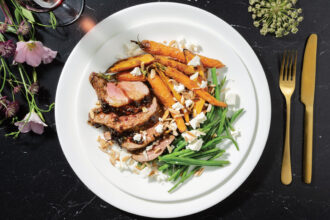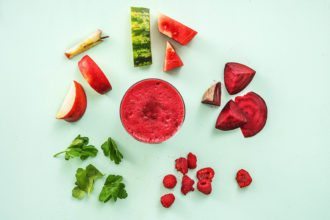The Ultimate Wine Tasting Guide (for beginners)
May 18, 2017It’s Aussie Wine Month, which means you have no excuse not to figure out wine tasting so you don’t embarrass yourself on your next trip to the Barossa Valley.
That’s why we’ve teamed up with Bottle & Glass to give you all the essential knowledge you need to look like a pro the next time you’re trying a bit of plonk.

Start with the Basics
- Don’t wear strong aftershave or perfume – smell and taste are so closely linked, competing smells make it hard to get a clear picture of what it is you’re tasting.
- Don’t overfill your glass. You need room to swirl the wine.
- Make sure whites aren’t super chilled – that’s fine for hot summer days, but when tasting, cold wines don’t emit much aroma.
- Make sure your glass is clean. Glasses from a musty cupboard or wiped with a less than clean cloth can wreak havoc with wine aromas.
- In the glass, look at the wine from above, from the side and then tilt the glass to look at the colour of the wine at its edge (preferably against a white background). Whites can range from very light greeny gold, through to rich amber gold. Reds can be light transparent red through to inky and dark and coloured from rust to rich purple hues.
- Swirl your wine in the glass. This mixes the wine aromas with the air in the glass, ready for you to smell.
- Sniff and try to identify the aromas.
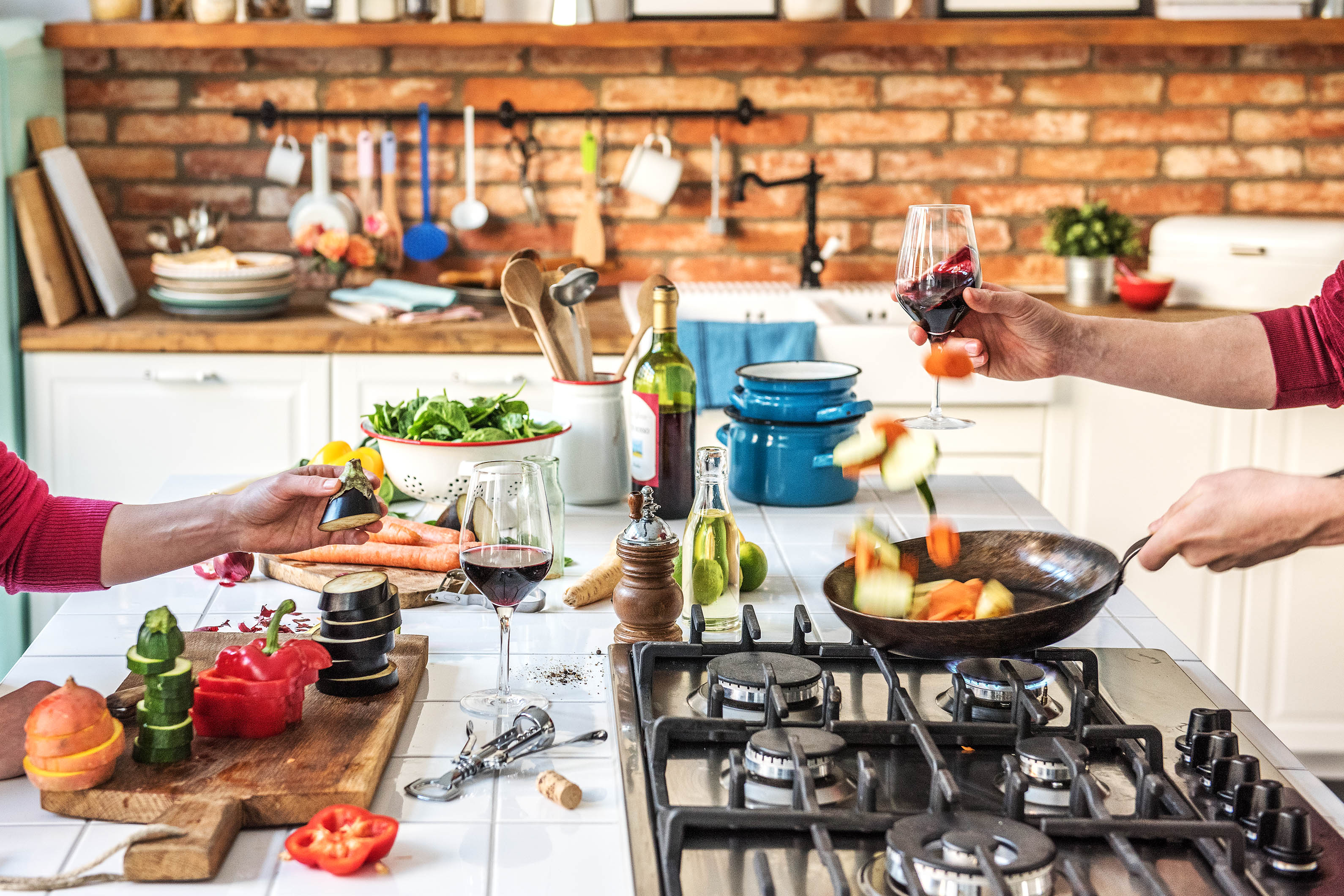
Know Your Faults
One of the reasons we give wines a quick sniff before drinking is to check for faults. There are a few to keep a lookout for. Caused by fungi in natural corks, cork taint produces a compound known as TCA which suppresses a wine’s natural aromatics and also gives it a wet hessian smell. So a corked wine will smell flat and dull and slightly of damp potato sack (or more endearingly – wet dog).
If a wine is sealed with a stelvin cap (screw cap), you don’t have to worry about tasting for cork taint. Another wine fault which sometime crops up is brettanomyces (Brett for short), a yeast that smells like bandaids. If subtle it can add a leathery or earthy component to the wine, but too much can overwhelm the wine’s aromatics. A vinegar smell is volatile acidity or VA; nail polish smell is ethyl acetate. Neither is good. A burnt match smell on opening comes from sulphur used as a preservative and antioxidant during winemaking. It’s not usually detectable but sometimes you might get a whiff of it in a just opened wine. This should evaporate given time to breathe or a few swirls in your glass. Now to the fun (and difficult) bit! Describe the wine.
Tasting Reds

Fruit Description: In reds look for any red berry fruit flavours like cassis (blackcurrant), strawberry, raspberry, blackberry, blueberry, cherry, plum or jam.
Floral Descriptors: might include violet, rose or lavender.
Herbal and Spice Notes: dried herbs, stalkiness or tomato leaf, pepper, anise and other woody spices.
Oak Influence: can be smokey, vanilla, sweet tobacco, chocolatey, coconut or toasty. Earthy notes: Soil, flintiness or wet rocks.
Tasting Whites
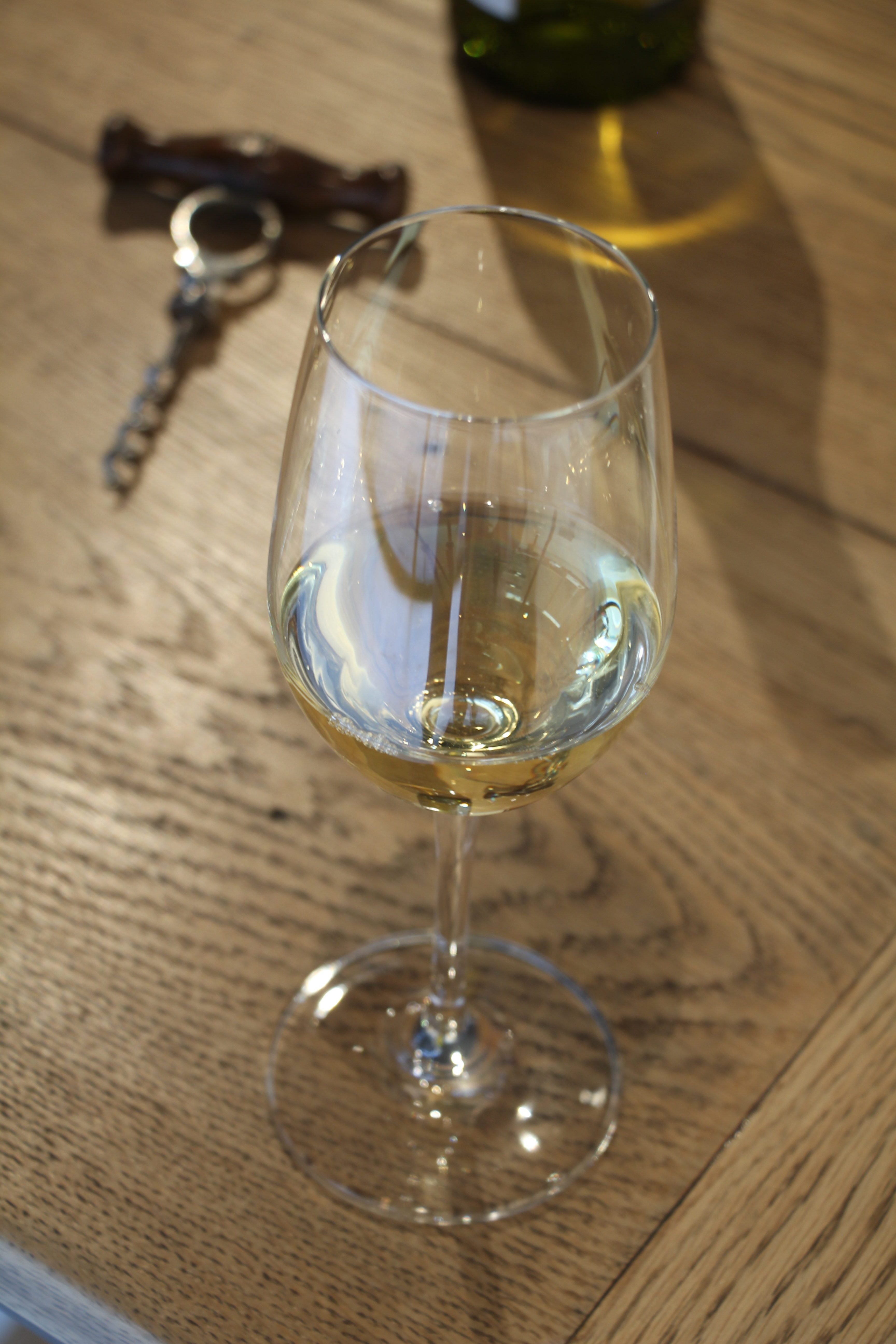
Fruit Description: In whites you might find fruit flavours like stone fruit, tropical fruits, melon, apple, any version of citrus, passionfruit, gooseberry or lychees.
Floral Descriptors: you might find floral notes of honeysuckle or lemon blossom.
Herbal and Spice Notes: White pepper, grassiness, fresh hay.
Oak Influence: Coconut, caramel, buttery or toasty notes. Richer oaked or aged whites may have notes of marmalade, butterscotch or honey.
Earthy notes: Flinty or stoney finish. Sometimes aged Riesling can have a burnt kerosene edge to it. Sounds bad but tastes good.
Rules of Thumb to Remember

Think about Texture
Is the wine unctuous and rich or lean and delicate? The mouthfeel can vary from the texture of milk to the texture of water. And tannins also contribute to the feel of a wine
What are Tannins?
Tannins add astringency and complexity to a wine. They leave you with that dry, almost chalky feeling in your mouth when you swallow wine. They can be fine, with a soft, velvety mouthfeel or more overt and feel much more grippy. Note: the term ‘dry’ also refers to wines that aren’t sweet, so don’t use the term ‘dry’ when describing wines unless you mean not sweet.
The Fine Balance of Sugar and Acid
Consider the sweetness and acidity of the wine both upfront and on the finish. Is it sweet or dry? Is the sweetness of the wine in balance with its acidity?
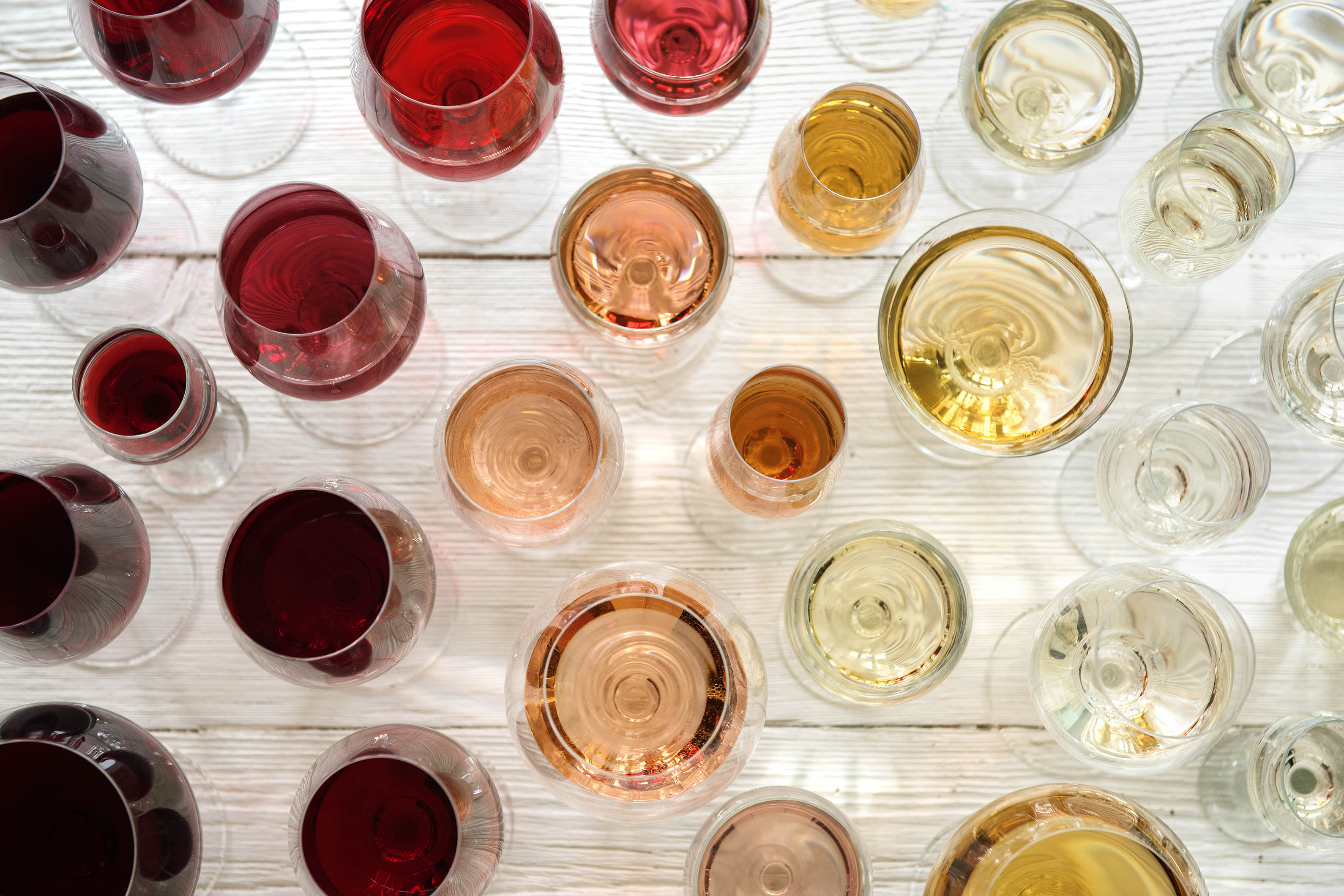 Length
Length
Look for how long the flavour lasts both in the back of the mouth and nose. If a wine’s smell or taste is muted, this could be a sign that it’s either corked or past its prime.
Take Note!
It can be difficult to remember what you tasted in a wine last week, so keeping tasting notes in a wine journal helps recall your tasting experiences and makes it easier to compare wines. Also, if you get the chance to taste and compare wines in a line-up you’ll find tasting differences easy, not to mention interesting! With wine tasting there is always more to learn, even for experienced wineheads. Different grape varieties, wine styles, geographical influences and winemaking techniques all bear different fruit so to speak. And personal taste is of course subjective. So practice in wine tasting won’t necessarily make perfect, but it will make it interesting and enjoyable.




